Is it Time for a New Food Pyramid for Gut Health?
Everything we know about nutrition is changing. Researchers and scientists are calling all medical and nutrition information that preceded the human microbiome project “the old science.” Calling it outdated science is pretty accurate since the microbiome was not a factor in any medical or nutritional information until about 2008.
Medical and nutritional professionals used to think that our microbiomes were irrelevant… and that was absolutely wrong. The microorganisms in and on our bodies make up about 97% of the DNA that functions on us and inside of us. That means gene for gene, you’re only made up of about 3% human DNA. As whole healthy humans, we are comprised of thousands of microbial species and over 100 trillion microbial cells. We are superorganisms, whole ecosystems, microcosms of life.
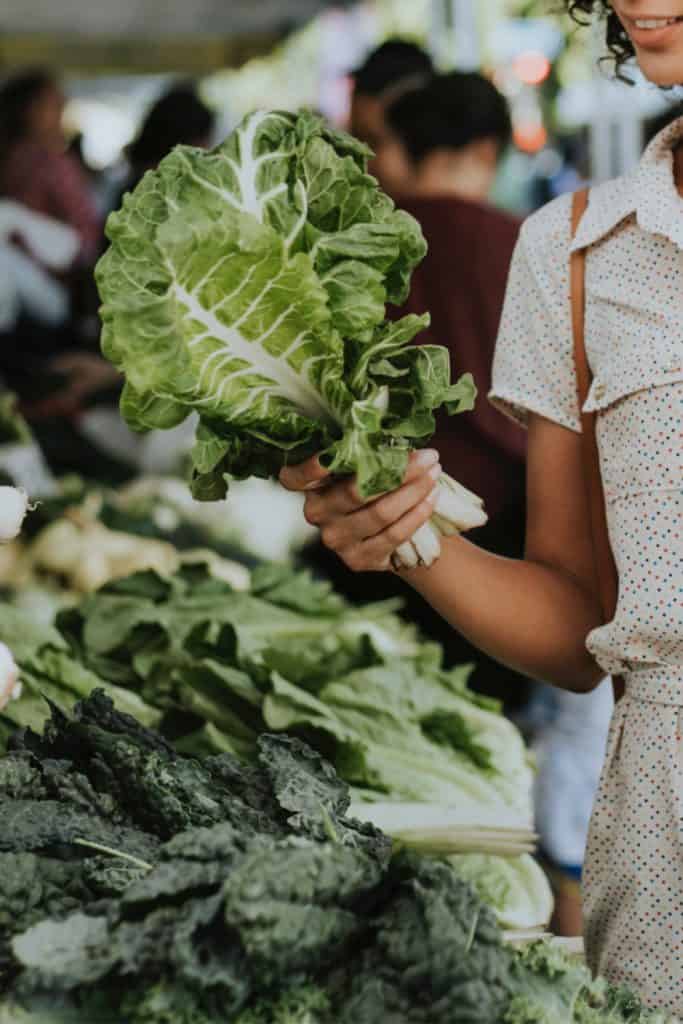
Old Science vs New Science
Old science was built on the illusion that humans are whole, pure organisms free of microbes. Most medical and nutritional/dietician knowledge currently taught and in practice is out of date… and frankly inaccurate. Modern medicine is built on the idea that the mammalian human genome is the most important biological factor in human health and disease. This fundamental, flawed logic in the understanding of human biology has led us down a severely unhealthy path.
Since mostly all 20th-century science and medicine were based on cleaning, sanitizing, and freeing humans from “bad germs,” we now face more diseases than ever. Ignoring and killing our microbial partners for over a century has ushered in a new era of human disease. An era of “incurable” NCDs. This stands for Non-communicable Diseases. Everything from heartburn, indigestion, and IBS to cancer, autism, food allergies, Crohn’s, eczema, and Alzheimer’s is linked to gut microbiome dysbiosis. According to the WHO, NDCs kill about three times as many people as infectious diseases per year. This epidemic of non-communicable diseases has an identifiable cause, though. The majority of the time, the cause is a disruption in the balance of the human-microbial ecosystem. So it turns out that the old science was wrong. We need our microbial partners to thrive if we are going to thrive.
There is Hope
As science and technology advance there’s always an opportunity to right our wrongs. Scientists, doctors, dieticians, and nutritionists are at least starting to agree on one simple fact: we need friendly microbes to be healthy. A thriving and healthy microbiome is the best way to prevent NCDs. A lot of NCDs can even be reversed by rebuilding a thriving microbiome. So how do we rebuild? We can rebuild our microbiomes and embrace our microbial partners with a lifestyle shaped around whole, minimally processed plant-based foods, organic meats from well-treated regeneratively farmed animals in moderation, and naturally fermented foods. Externally we can focus on a non-toxic and natural lifestyle because our skin microbiomes matter too.
Thanks Microbiology
Microbial sciences have enlightened us on the vital importance of the unseen universe of microorganisms. If our microbiomes are the epicenter of all human health, we must encourage the growth of healthy, thriving microorganisms inside of and on our bodies. We can easily do this with a whole-food, plant-based lifestyle.

Does a Plant-Based Diet Mean No Meat or Animal Products?
No, it doesn’t mean that you are vegetarian or vegan and never eat meat or dairy. A whole food, plant-based lifestyle is a way of eating for gut microbiome balance and optimal health. It means cooking from scratch with foods that are as close to the “whole” as possible. It means avoiding all foods loaded with chemical preservatives, additives and colorings, since these chemicals can damage your microbes. I like to call it “real food” and this lifestyle can include animal products or not. The key is to literally base meals around plants.
Here’s a breakdown of whole foods Jon and I frequently eat for a thriving microbiome:
- Cooked green leafy vegetables: kale, Swiss chard, bok choy, tatsoi, beet greens, micro-greens, red cabbage, green cabbage
- Root vegetables: carrots, potatoes, sweet potatoes
- Other vegetables: fermented vegetables, cucumbers, celery, arugula, spinach, bok choy, pumpkin, winter squash, cherry tomatoes, green onions
- Fruits: satsumas, apples, bananas, coconut, pears, blackberries, peaches, olives
- Fermented grains: sourdough bread, sourdough bagels, sourdough pizza, sourdough sandwich bread
- Legumes: (I prefer to sprout and/or ferment my legumes before cooking) Black beans, chickpeas, white beans, red beans, lentils, tempeh, miso
- Fats: coconut oil, avocado oil, olive oil, organic grass-fed butter, free-range organic eggs, nuts, seeds, nut butters
- Dairy: whole organic grass-fed regeneratively farmed milk, fermented yogurt, fermented milk kefir and fermented cheeses
- Meat: wild caught fish, shell fish, oysters, salmon, grass fed/grass finished regeneratively farmed beef and chicken, beef and chicken bone broth.
- Spices, herbs and sauces: oregano, parsley, cilantro, thyme sea salt, pepper, Tamari, gochujang, fermented hot sauce, apple cider vinegar, raw honey
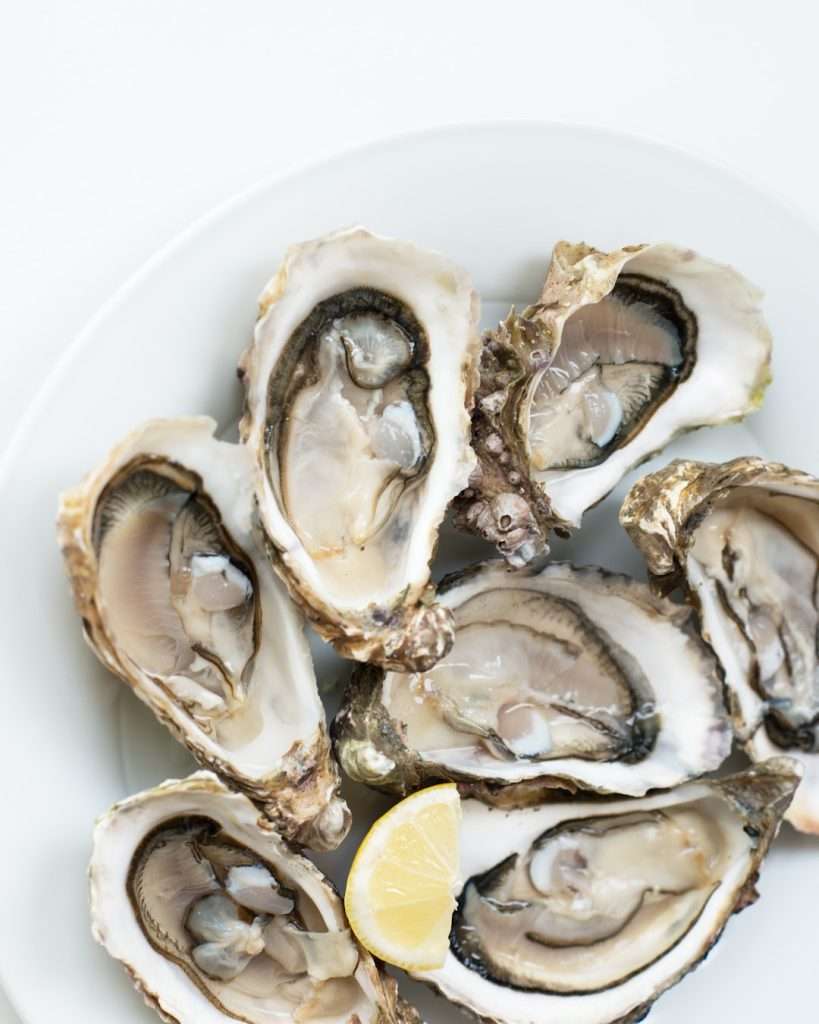
Should We Look to a New Food Pyramid for Gut Health?
This blog post once included a vegan food pyramid, and I have since deleted it and updated this blog post, because my opinion on that has evolved. I don’t think a “pyramid” is the way we should look at it. It’s more functional to think about dividing a dinner plate for a balanced plant-based meal. 50% of the plate should be vegetables – 25% quality protein – 25% fermented grains, cooked grains, other healthy carbs and/or healthy fats.
Meat, like organic free-range chicken, sustainably caught fish, and organic grass fed/finished beef is perfectly healthy. The key when consuming meat is to make sure the meat is raised naturally, wholesomely on regenerative farms where animals are allowed to live and thrive in their natural habitats. If you want meat to be healthy for you and good for the planet, it should be naturally regeneratively farmed. The most sustainable food systems include plants and animals living in harmony on regenerative farms.
There is such a thing as eating too much meat, too much poor quality meat, especially in America. For long-term health, you have to feed the “good” microbes. What do good microbes like to eat? well, mostly plants. Beneficial microbes (verified probiotic species of microorganisms) thrive on fiber, like potatoes, whole grains, fruits, and vegetables. Usually, opportunistic pathogens and pathogenic microbes thrive on meat and animal tissue. So balance is important.
Should Meat Be Included in a Gut-Healthy Lifestyle or a Food Pyramid for Gut-health?
Did you know that there are specific media substrates used in microbiology laboratories that are designed to enrich specific groups of microbes?
Here are a few:
- -Chopped Meat Broth (contains mostly chopped meat): Used to isolate Clostridium spp. including C. tentani and C. botulinum
- -Azide Blood Agar (contains predominantly meat extract and animal blood): Used to isolate Streptococcus
- -Bile Esculin agar (contains bile from Oxen and meat extracts): Used to isolate Enterococci
- –Brain Heart Infusion agar (contains cow hearts and meat extracts): Used to isolate many pathogens including streptococci and Neisseria
- -Leifson’s Agar (contains meat extract and meat peptone): used to isolate E. coli, Enterobacter, and Candida albicans.
- -Muller Hinton Agar (contains casein, beef hearts, and beef solids): used to enrich and isolate Neisseria spp., Pseudomonas, Staphylococcus, and E. coli.
Tell me that you see the trend? Let’s look at a few more:
- Tomato Juice Agar (Made from tomato juice and seaweed, some brands do contain milk-derived lactose): Used for the isolation of Lactobacillus
- Nutrient Vegitone Agar (literally made from seaweed, vegetable peptone and yeast extract): Recommended for the enrichment and isolation of Lactobacillus spp.
- TSO Propionate Agar (contains Transgalactosylated oligosaccharides, aka plant-derived prebiotics and agar): Used for the isolation of Bifidobacteria.
If these are the ingredients and substrates used to enrich and isolate microbes outside of the human body, which microbes do you think are being enriched when a person eats a certain way?
It’s perfectly healthy for most people to eat quality meat. For gut health is is necessary to make sure meat is organic, free of antibiotics, local and from a small regenerative farm. It’s just better for you this way. I’d also like to note here that not all Clostridium spp., E. coli, and Enterococci are “bad” microbes. These microbes are also part of the a balanced, thriving, species rich microbiome, and play important roles in the digestive tract. Things can just quickly become unbalanced in the presence of too much meat and too little plants.

Is Being a Vegan Good for Gut Health?
I am not a vegan or anything… and I don’t want to be. There is no one-size fits all diet for health. I prefer the term plant-based. It’s simply healthy to base meals around plants. A couple times a week I eat fish. I enjoy organic chicken or grass-fed beef from a local regenerative farms. I love beef bone broth, and lamb bone broth, and both are extremely nutritious. It’s perfectly healthy to eat eggs, fermented dairy, and lean protein a few times a week.
I read this passage in Pinch of Kate’s blog and it really resonated with me:
“A lot of the fear-mongering and documentaries pushing veganism are misleading. They typically take a varied, plant-based vegan diet and compare them to a diet based in processed, low-quality animal products that are lacking majorly in plant foods. And duh, whether you are eating animal products or not, your diet will best serve you if it is plant-based. I do not appreciate anyone using misleading information to guilt someone into eating a certain way. Unless you are a dietician, working 1:1 with someone, it’s really not within your scope to tell them what is healthiest for their body. Not to mention, so much of the research around dietary cholesterol and saturated fats is desperately antiquated…My experience won’t be everyone’s, which is why we have to use our own intuition… We are built with unique, complex systems that require different levels of macro and micronutrients. We have to honor what works for us, both for our morality and our health.”
It’s a Lifestyle
Whole food, plant-based eating is a lifestyle, not a diet. This is how I base my meals for an optimal, rich, thriving, and balanced microbiome. Basing my meals around real, wholesome, nourishing foods forever is the goal.
I love eating this way. I feel the best I’ve ever felt in life eating for my microbes. I’ve even healed my hormonal imbalances and severe eczema by following this “eating for gut health” lifestyle. It’s quite simple: eat a rainbow assortment of vegetables and fruits, enjoy fermented foods, make sure animal products are quality and from healthy animals, and add in some healthy fats for nutrient absorption. I suggest consulting a Registered Dietician like Taylor Wolfram, RD or Lauren McNeil, RD or Emilie Hebert, RD if you need more direction adopting a plant-based lifestyle, especially if you plan on being completely vegan.
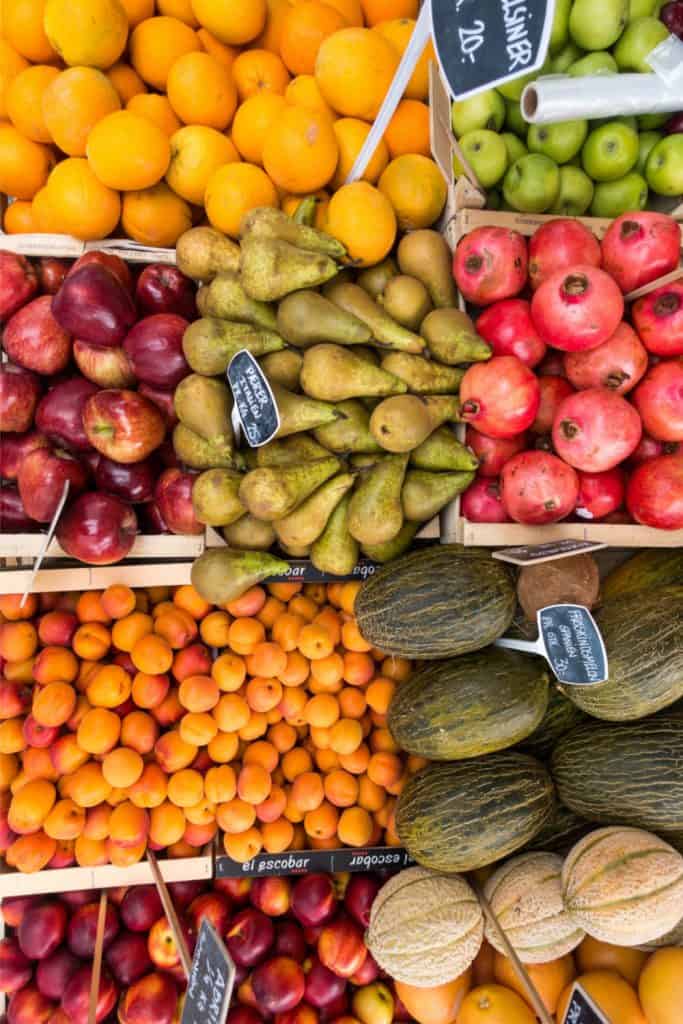
















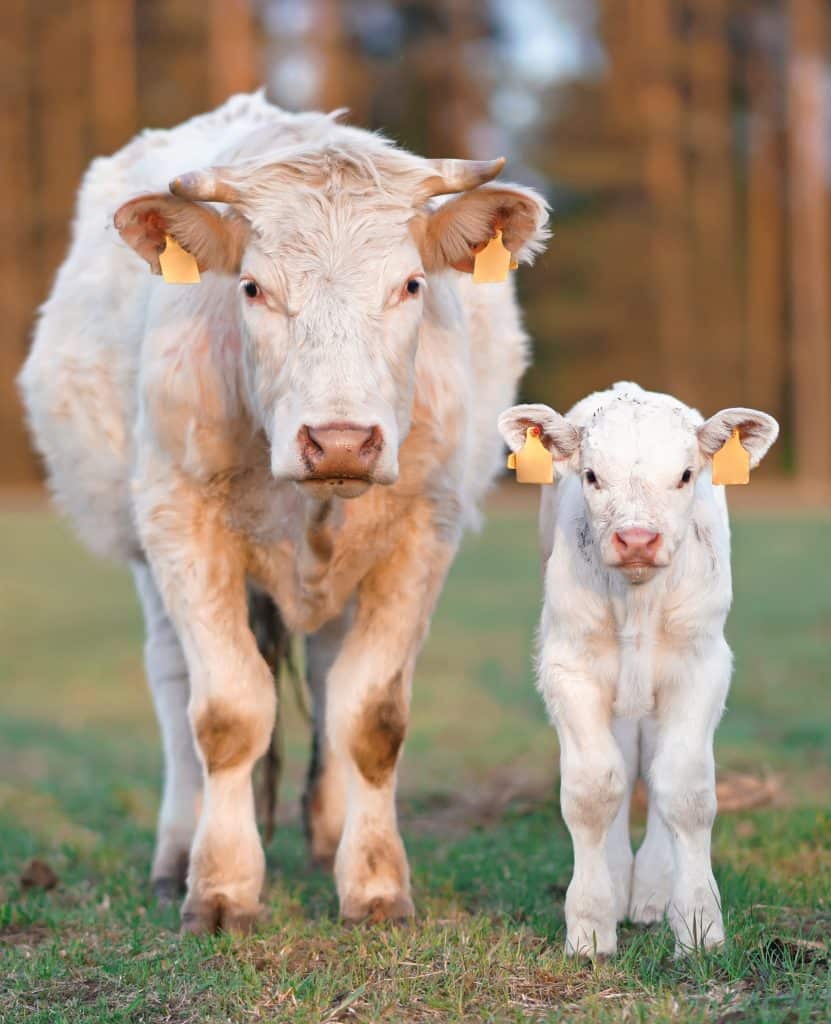


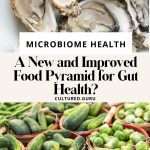
I was just wondering if horseradish root could be fermented safely and if so what percentage of salt is needed.
It should ferment okay. I’d use 3% salt.
I’m really trying to move towards this way of eating. I am reading Will’s book. I wish it had the fermented veggies incorporated into his program. I feel they are more powerful than just regular veggies.
Be on the lookout for our launch of our Cultured Guru School of Fermentation. We’ll be teaching a comprehensive course in January 2021 on fermentation. We’ll cover everything from sauerkraut, kimchi, miso, sourdough and yogurt to kombucha, water kefir, ginger bugs, and many other fermented foods. If you are signed up for our newsletter, you’ll be the first to know when registration for the class is available.
Thank you for your informative and interesting post Kaitlynn. I learn a lot every time I read one of your posts…. thank you ! I am sending this to my children to educate them further about a healthy lifestyle choices and looking after their gut microbiome ! Thank you 🙏
this is very informative and intersting, thanks 🙂
you’re welcome!